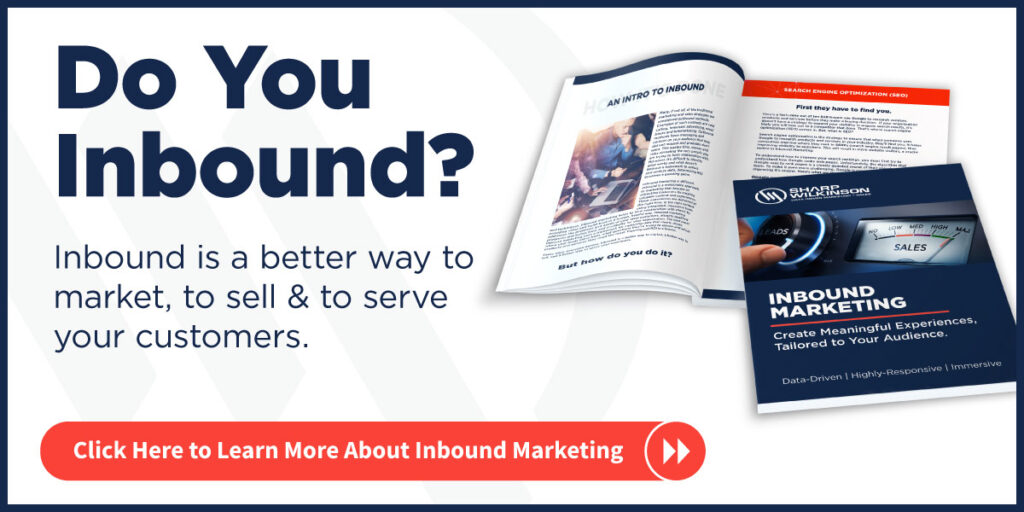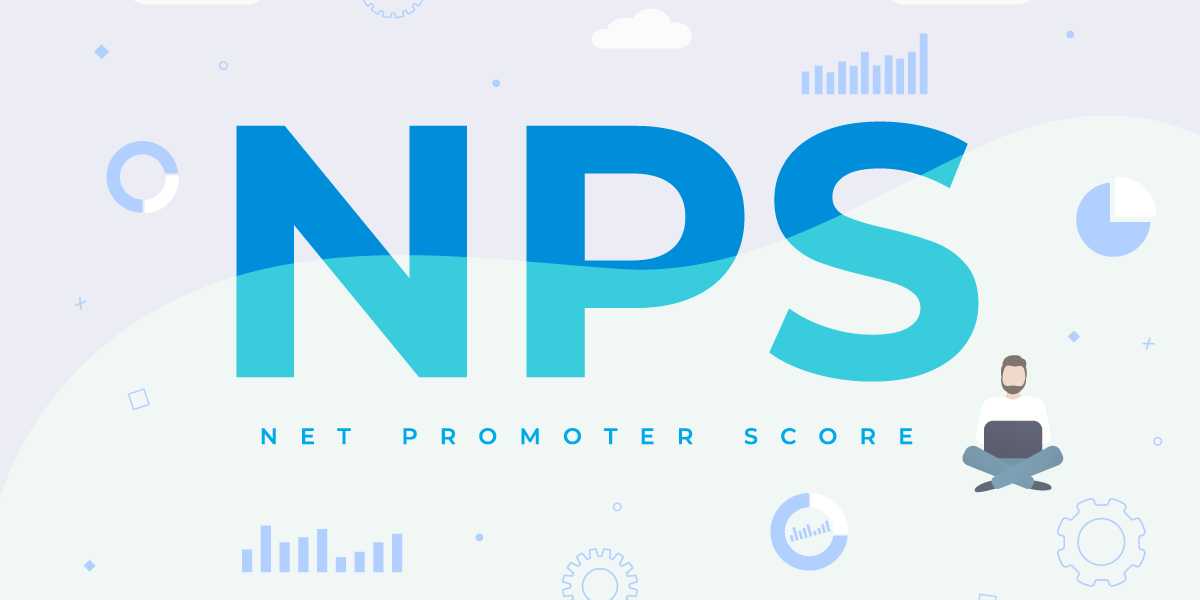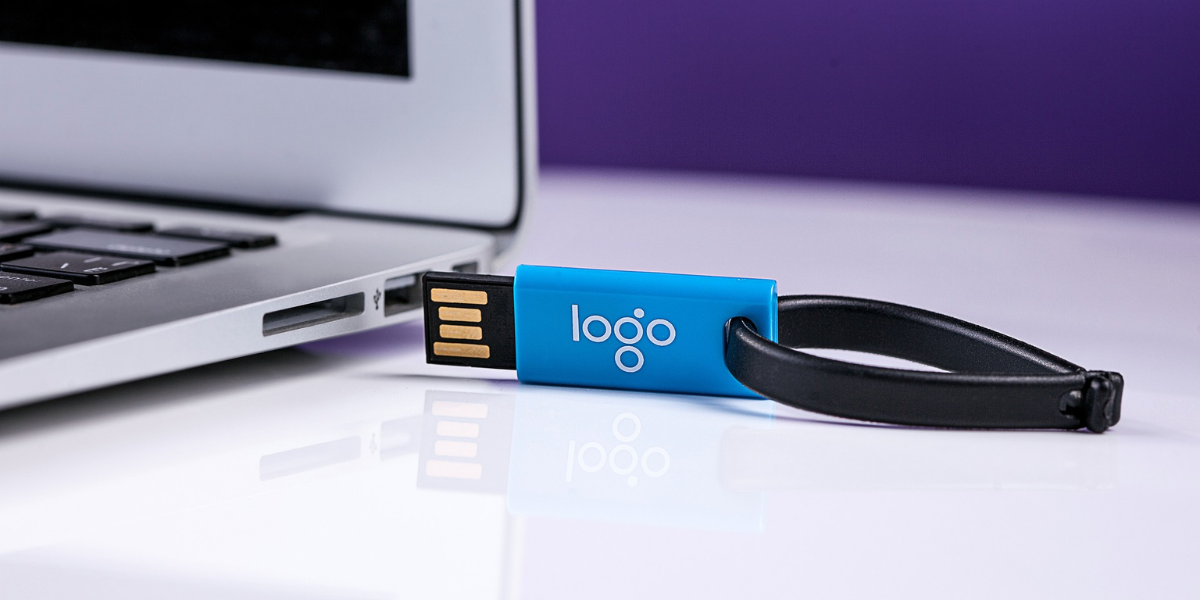From traditional media like television, and radio, to websites and social media, deciding where to place your brand and messaging can be overwhelming. So, what is the best way to engage prospects and turn them into customers?
Generally speaking, there are two distinct methods for developing marketing strategies: inbound and outbound. They will both reach your potential prospects but let’s take a look at the key differences to determine which is better for your company.
How Important is a Website for Business Growth?
Download this Infographic.
What is Outbound Marketing?
Outbound marketing is the use of traditional media to push out messages to large groups of people in order to make a sale. Outbound is loud, interruptive, and pushes promotional messages to as many people as possible. Typical outbound tactics include the use of print, radio, television, direct mail, mass emails, cold calling, banner, and display ads. While getting your message out to a large group of people may sound ideal, the problem with outbound is that most of the time the people who see the ad are not even looking for that particular product or service. Additionally, it is almost impossible to personalize a message to a wide, unidentified audience made up of vastly different archetypes. The result? Oftentimes, annoying, inefficient campaigns with suboptimal results.
So what is Inbound Marketing?
Inbound marketing isn’t a new concept, but it continues to rise in popularity with organizations eager to provide their sales teams with engaged, qualified leads. Inbound is the opposite of the “pushing” approach of outbound and instead aims to create quality content that pulls people into your company and product. The content is created with the consumer in mind and will naturally attract interested individuals to your company’s offerings. Compared to outbound, inbound marketing is personalized and centered on delivering value first. This method will nudge your potential customers into your funnel and increase their overall engagement with your brand. Inbound solves for the customer first, rather than shoving messaging down their throat. The channels that inbound mainly uses are search engines, blogs, and social media platforms.
 Inbound or Outbound, which is best for your company?
Inbound or Outbound, which is best for your company?
Which is more effective: Inbound or Outbound?
It can be difficult to accurately assess which strategy is more effective for your organization. The inbound versus outbound marketing debate has, over time, revealed the strengths and weaknesses of both. Many organizations even dabble in a little of both.
The main difference between inbound and outbound is the form of communication. Choosing your marketing strategy really depends on your goals and audience. For instance, if you’re a B2C org selling a commoditized product to an extremely wide audience, outbound channels might net quicker results. But if you are a B2B with a differentiated product or service and a long sales cycle, inbound is the more effective approach since it offers a lower cost per lead and focuses on brand awareness while creating value to the customer.
However, to achieve results with inbound, you will need time. Your content will not magically show up on the first page of Google overnight and it also takes time for people to recognize your company as a thought leader and credible source of helpful information. Inbound is a long-term marketing strategy that can deliver sustainable, repeatable results. But if you are trying to promote a “half-off sale” on a seasonal product, an inbound approach is probably not going to get you where you want to go.





